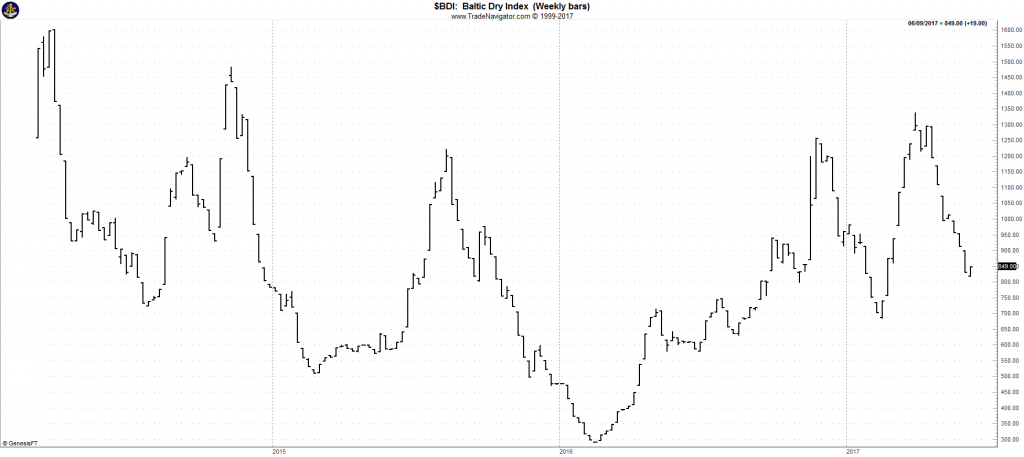By: Dan Hueber –
Markets have gotten off to a dour start for the week as sunshine, and warm temperatures have ideas of bumper crops dancing within the heads of the trade once again. Of course, a rather uninspired crop report last Friday help price little either but I have to believe, for the most part, that was well factored into the price level before the weekend. Over the past week, I have traveled nearly 3,800 miles cutting across Iowa, Nebraska, Colorado, Wyoming, Idaho, Montana, North Dakota, Minnesota, Wisconsin and then finally back into Illinois. Over this 70-mph windshield observation, what I can report to you with absolute certainty is that it is too early to make any type of prediction for this crop year. Shocking, I know. Painting with a very broad brush, I can say that overall the crops appear to be quite small and even this past weekend, I saw planters still running so the idea of above trend-line yields would seem unlikely but as we all know, the real critical months lay yet ahead. That said, 90 to 100-degree temperature across the Northern Plains and upper Midwest in early June would not seem to be really beneficial unless one believes that stressing the crop early just makes it tougher. Kind of a Marine Corp. agronomy theory. Regardless, as I commented initially, the trade appears to be looking beyond this and to the cooler temperatures and possible moisture for later this week.
The USDA has announced a sale of 130,000 MT of soybeans to unknown destinations for the current crop year this morning, so obviously, South America is not picking up all the new business. While I do not suspect it is a huge influence this morning at least, the US Dollar has begun the week under pressure but the Brazilian Real is soft, and in the case of this latter currency, it is sitting on top of what has been the low end of trade now for the past month.
It would appear that Cargill continues to divest itself of any business division that is non-agricultural. It was reported last Friday that they were selling their North American power and gas trading operations to the Australian investment bank, Macquarie. If you recall, they also sold their oil (energy) trading business to the same bank just three months ago and prior to this have exited steel, crop insurance, and their hedge-fund divisions. If I did not know better, when you have a company such as Cargill really focusing in on the physical end of the ag commodity business and major commodity trading houses such as Glencore aggressively trying to gain (buy) a larger footprint in the physical ag commodity world, one might suspect the future looks promising for increased trade in our realm in the years ahead. While the Baltic Dry Index, which should reflect the activity in bulk ocean shipped has experienced a pullback from the highs registered in March, it remains well above the depressed lows posted last year and I believe suggest that the worst is well behind us.
